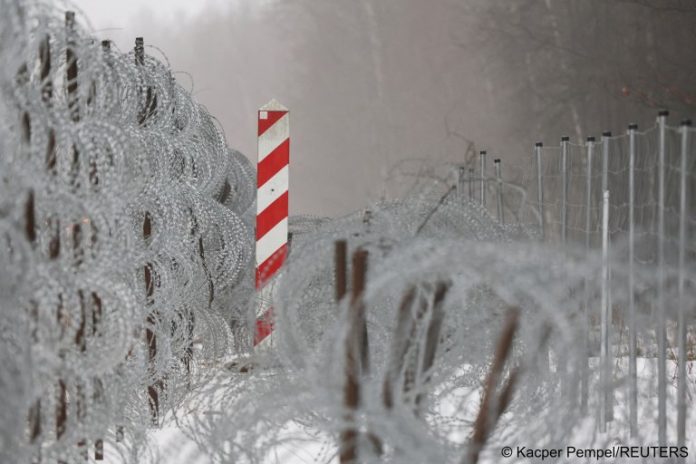EU countries are massively installing barbed wire fences on their borders to stem the uncontrolled flow of migrants, but it is unclear whether such a move will solve this pressing problem, The Economist reports.
Spain was a pathfinder in installing “anti-migration” wire, when in 1993 and 1996 the state first fenced off Ceuta and Melilla, its North African exclaves, with barbed wire. Few thought at the time, however, that most countries would follow suit. Between 2014 and 2023, the total length of border fences in the EU grew from 315 kilometres to 2,163 kilometres. A further 245 kilometres will be built this year.
Fences first became popular during the migrant crisis in Syria in 2015-16. Now that the pandemic-era restrictions are gone, irregular migration is picking up again. Frontex, the EU’s external border agency, recorded 380,000 illegal border crossings last year, the highest number since 2016.
Europe is resorting to fences to stem the huge tide of illegal migration, which in turn incurs huge costs. Poland, which decided to build a €353 million ($407 million) electric fence along its border with Belarus in 2021, last year equipped its Russian border with state-of-the-art cameras and motion detectors at a cost of €80 million. Finland will spend €380 million to fence just 200 kilometres, or 15%, of its 1,340-kilometre border with Russia by 2026; maintenance costs are added.
Fences are pretty poor value for money. An unfortunate example of spending on additional fencing is Poland’s fortified border, which failed to prevent a surge in crossings last year. Slovenia removed its border fence with Croatia in 2022 after it failed to reduce the number of crossers. In addition, “any physical obstacle in one section … simply diverts traffic to other sections,” says Chris Borowski of Frontex.
Europe is also unlikely to be flooded with migrants. In 2022, unauthorised crossings accounted for just 0.13% of all external crossings in the EU. Most enter Europe via the Mediterranean Sea, not the Balkans or the eastern land border.
Voter anxiety is forcing leaders to act, albeit ineffectively. In recent years, the EU has tightened its stance on migration. Funding for Frontex has increased. In December, member states agreed on a new migration pact that will make it easier to deport failed asylum seekers. Helena Hahn of the European Policy Centre think tank said:
There is a willingness to do whatever is necessary to hold people back.
Mediterranean countries have long borne the brunt of irregular migration. The new migration pact may help (it requires countries to accept refugees or pay money), but it poses legal and moral challenges for the EU.”
Fences “are the embodiment of the failure of migration policy in the 21st century,” says Sergio Carrera of the Centre for European Policy Studies, a think tank. Hundreds of migrants have died on Greece’s fortified border with Turkey. Europe is shutting itself off from its responsibilities towards migrants and asylum seekers, says Mr. Carrera.
